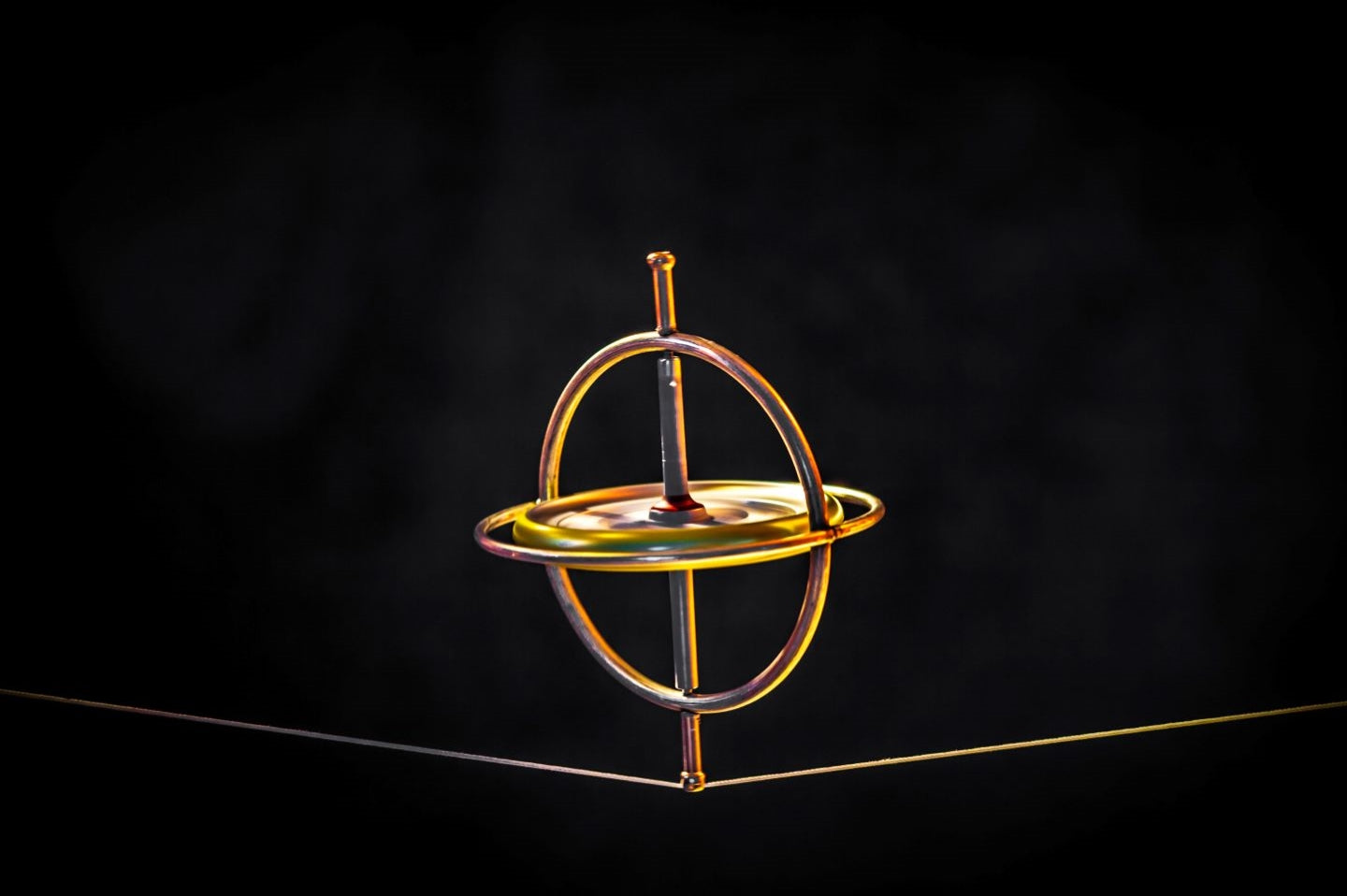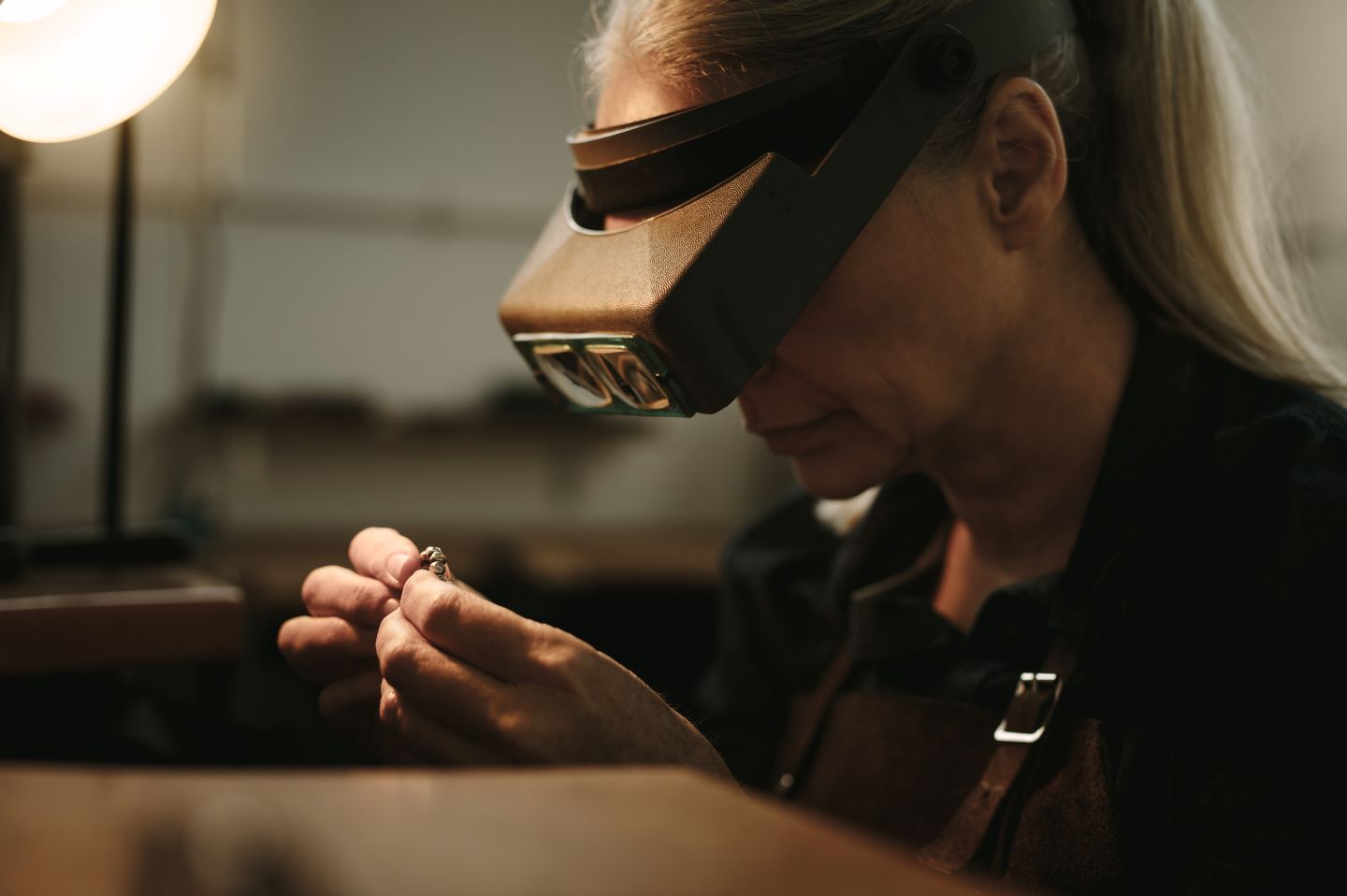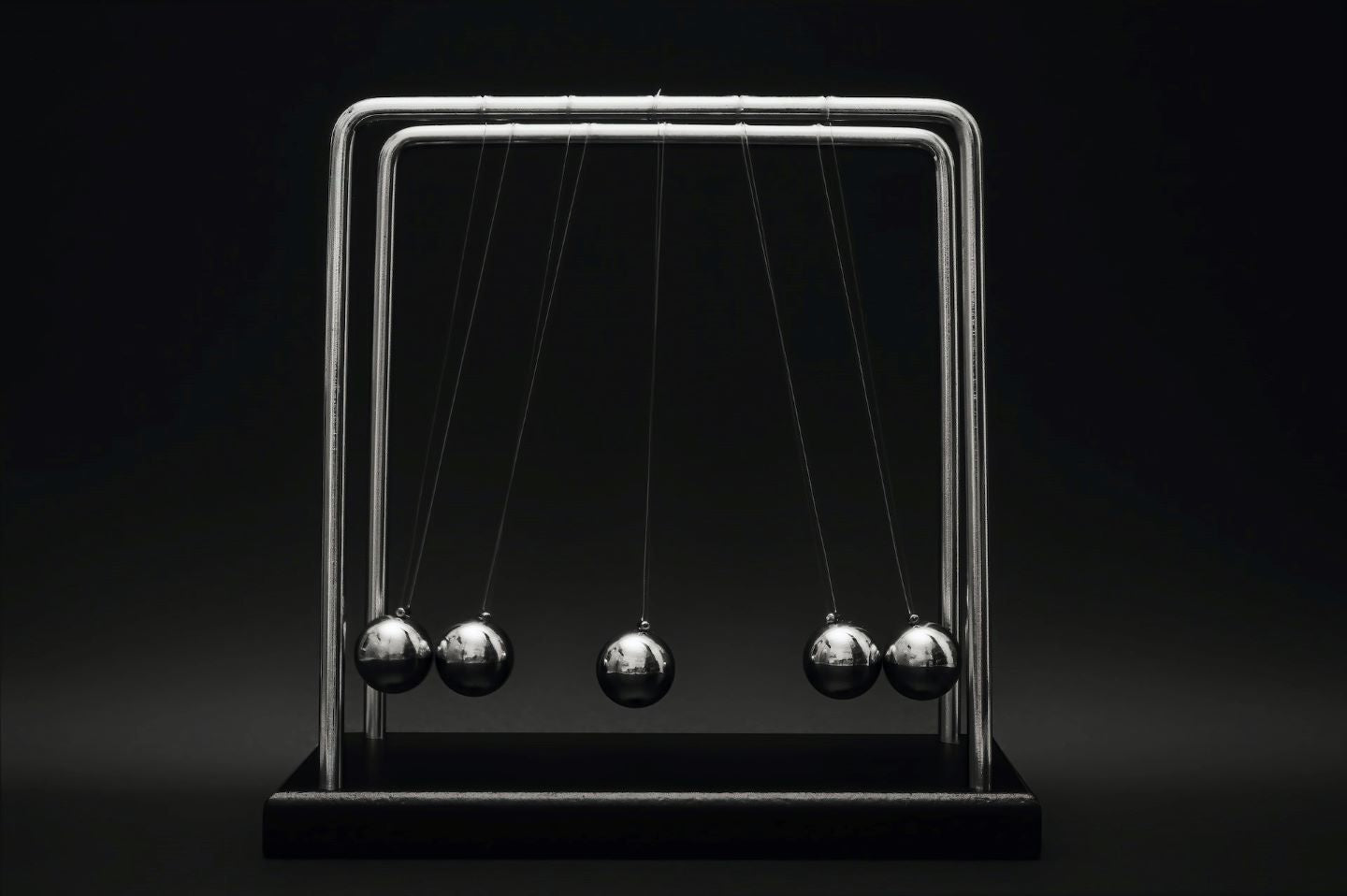What is a gyroscope ?
A gyroscope is an instrument that is used to maintain or conserve the orientation and angular velocity of an object. To do this, it uses the principle of conservation of angular momentum orientation. Equipped with a free spinning disk, the gyroscope is able to take on any possible orientation while keeping its axis of rotation unchanging.
In fact, as the spinning disk of a gyroscope rotates, the instrument's axis of rotation remains stable, even on an inclined support. As the disk gains speed, the angular momentum also becomes large, stabilizing the gyroscope and the object in which it is contained.
The precession motion
In full rotation, if a force were to be applied to the axis, the gyroscope is out of balance. The axis moves slower in a conical motion called precessional motion. The gyroscope continues to rotate, but does not fall.
The gyroscope and kinetic motion
In classical physics and mechanics, the gyroscope and kinetic motion are inseparable from each other. While the former refers to a mechanism for observing rotation and angular position, the latter is a vector quantity used in conservation of that same rotation. Discover here all you need to know about the gyroscope and angular momentum.
The angular momentum
Also called angular momentum, angular momentum is a vector quantity that takes the same direction and sense as angular velocity. For this to be possible, the object's axis of rotation must also be its axis of symmetry.
From a material point M to a point O, angular momentum is equal to the momentum with respect to the point O, according to Wikipedia. When angular momentum does not change, the axis of rotation remains stable. This is the conservation of angular momentum or the gyroscopic effect.
The gyroscopic effect
To understand this mechanism concretely, take a bicycle wheel. Hold it at arm's length by the hub nuts. Have someone spin the wheel quickly. If you try to lean toward the spinning wheel, you will feel resistance. This is the conservation of rotational momentum that opposes this movement. This is the gyroscopic effect that keeps this wheel in balance. It is important to note that the gyroscopic effect increases with the speed of rotation.
History of the gyroscope
The first three-axis gyroscope was invented by Leon Foucault in 1852. The latter is known for creating the Foucault pendulum. During an experiment involving the rotation of the Earth, Foucault realized that his pendulum was rotating slowly relative to the rotation of the Earth. This experiment led him to design an instrument capable of maintaining a fast rotation for a long time. With his collaborator Forment, he created the gyroscope. He also found that this new instrument was capable of indicating North and aligning with the meridian. He called it the gyroscopic compass.
From the late 19th century, the first motorized gyroscopes appeared. Gyrocompasses are now used to designate geographic north, not magnetic north. These also replaced the compasses on ships. From the 20th century, gyrocompasses were present in military armaments.
Today, gyroscopes are also used to maintain the stability of electronic devices. They are now found in watches, but also in smartphones where they take the form of microelectromechanical inertial systems.
The components of a gyroscope
A mechanical gyroscope is essentially composed of the following components:
- A rotating disk in the center. At the center of this disk is the center of gravity of the gyroscope, without which the instrument cannot function.
- A axis of rotation that passes through the center of the disk and points in any direction.
- Three gimbals (rotating support that allows an object to rotate around a single axis) that allow for a three-axis gyroscope:
- A first one fixed to the axis through ball bearings.
- A second fixed to the inner axis
- A third attached to the outer frame
Gyroscope uses
The gyroscope is used today in several fields other than physics as well as in many sectors (industry, aviation, oil, etc.). It is used in:
- Torpedo and missile guidance
- The coordination or turn indication in an aircraft
- The manufacture of certain anti-stress objects such as spinning tops, yo-yos, vortecons, or spinners
- Camera stabilization while capturing a moving object
- The construction of motorcycles, bicycles or two-wheeled vehicles in balance
- The construction of radio-controlled helicopters, and many others
In addition, this instrument is also used in space stations, aboard the Hubble Space Telescope, and in various other areas reserved for physics experts.





Leave a comment
All comments are moderated before being published.
This site is protected by hCaptcha and the hCaptcha Privacy Policy and Terms of Service apply.